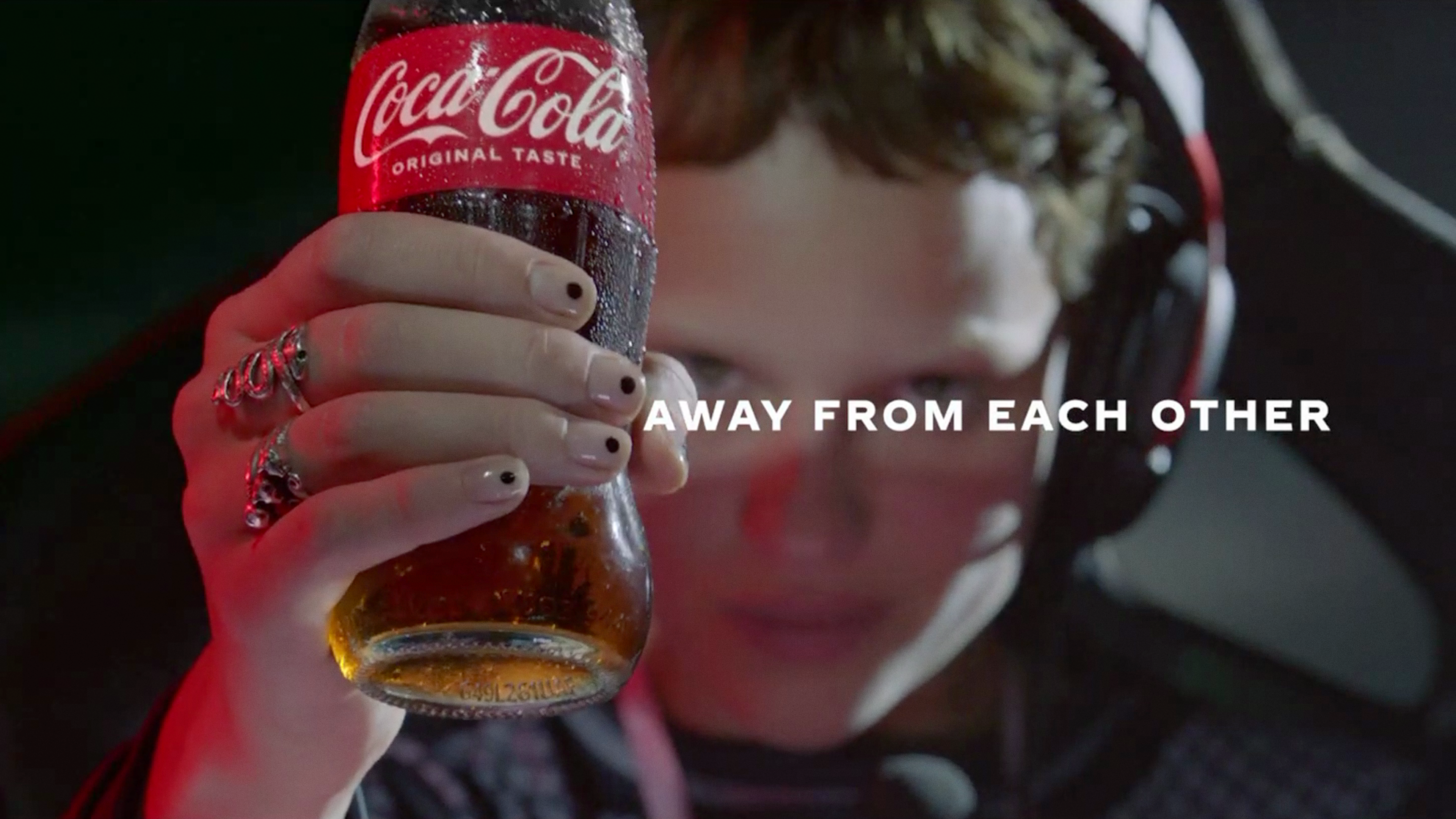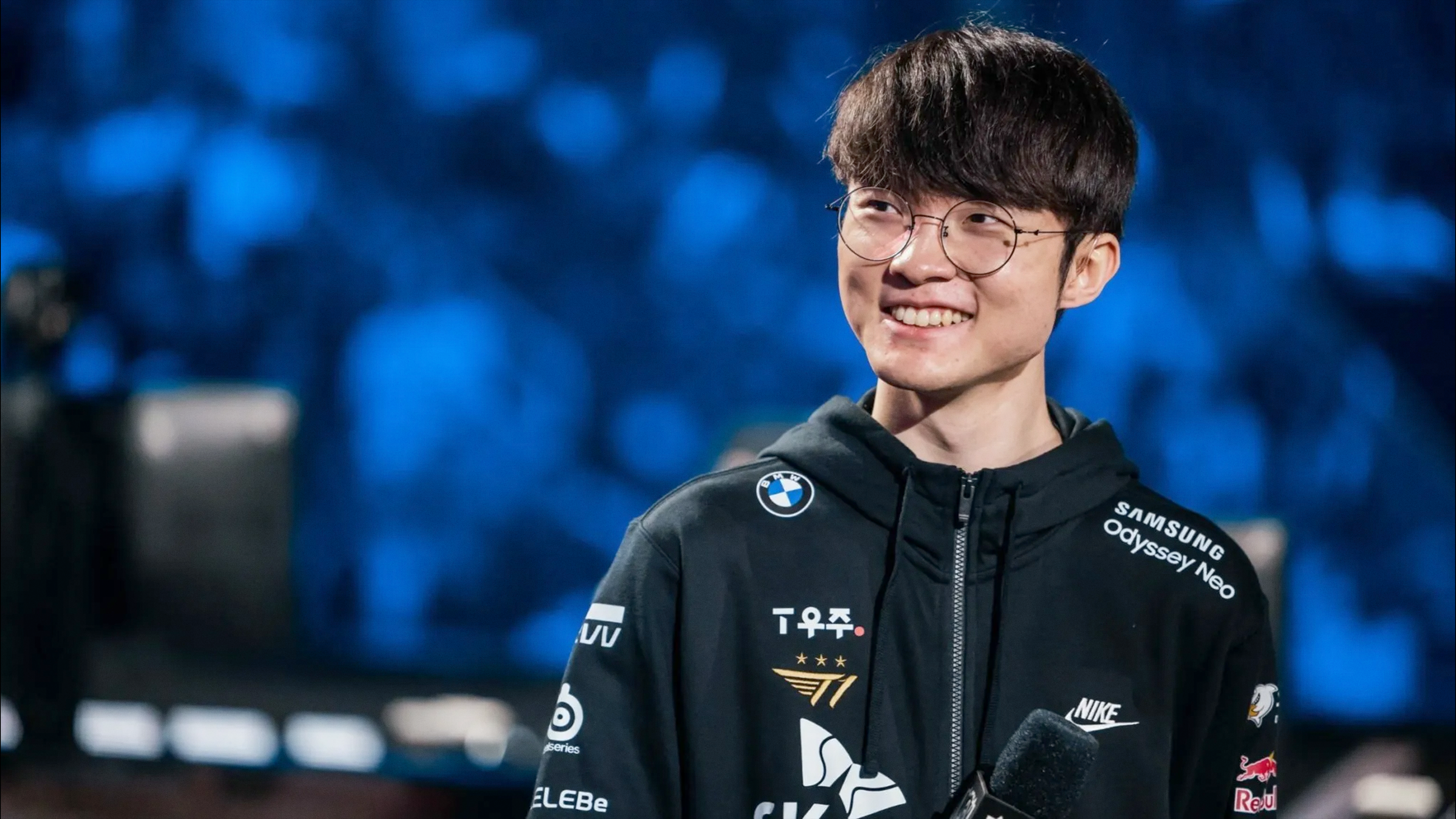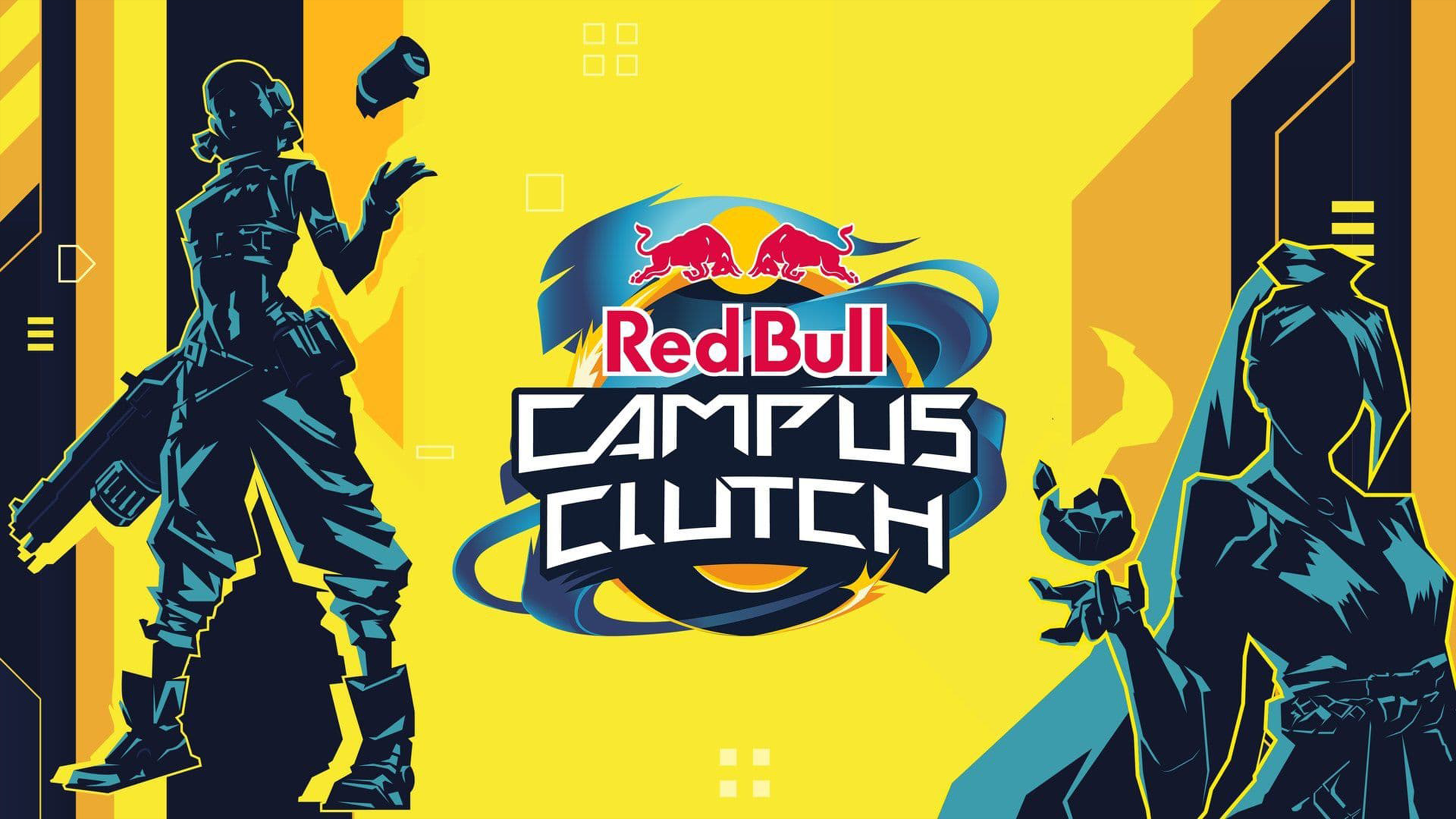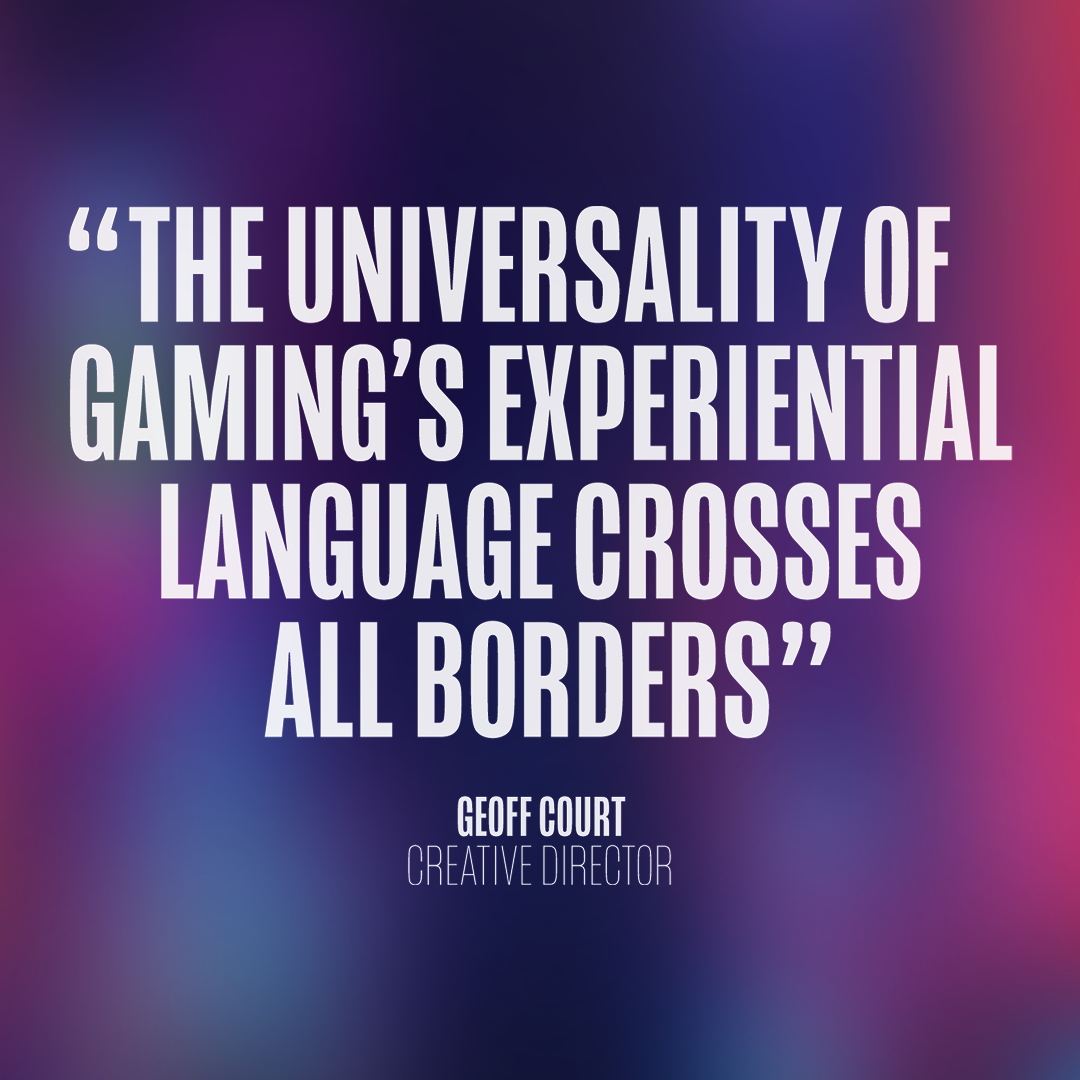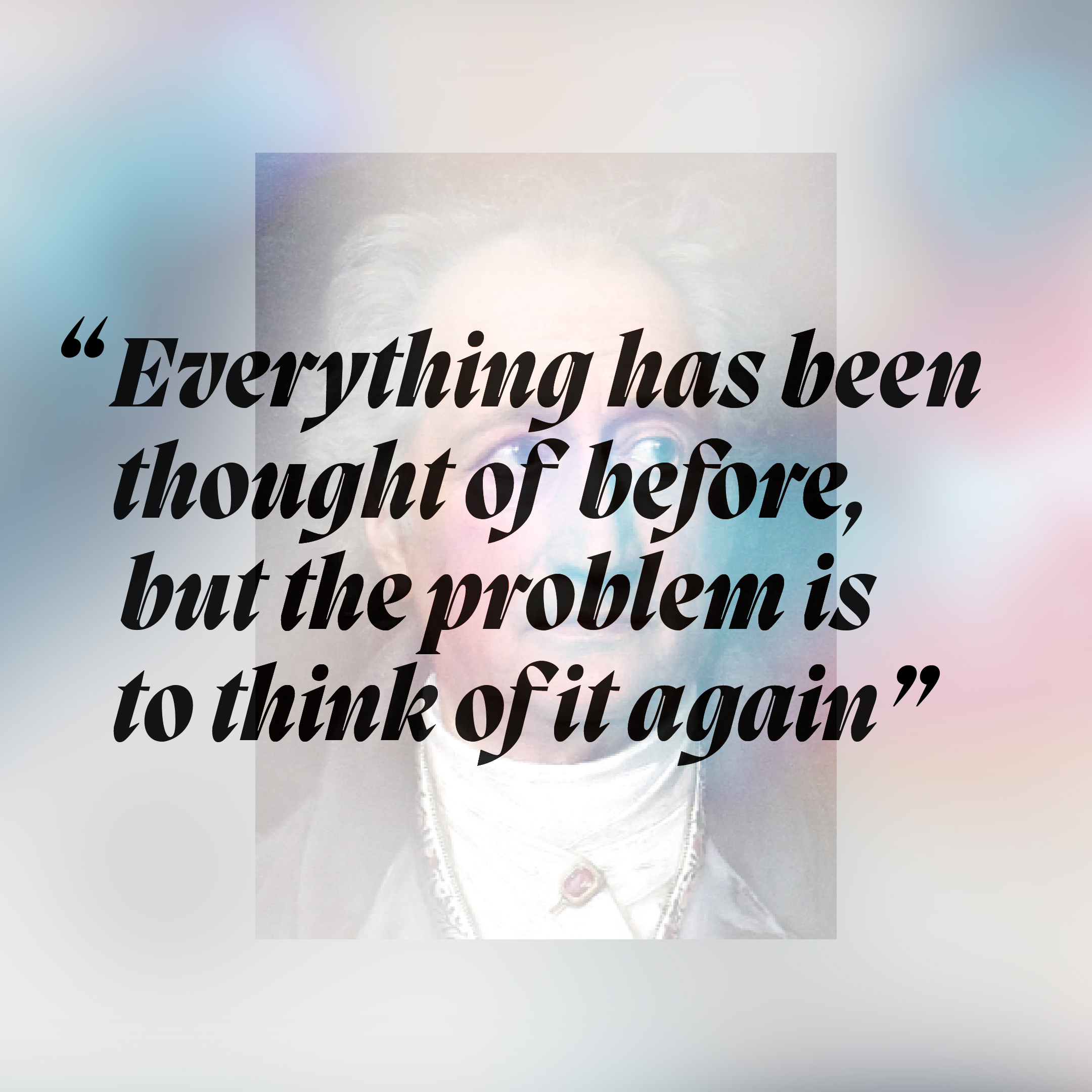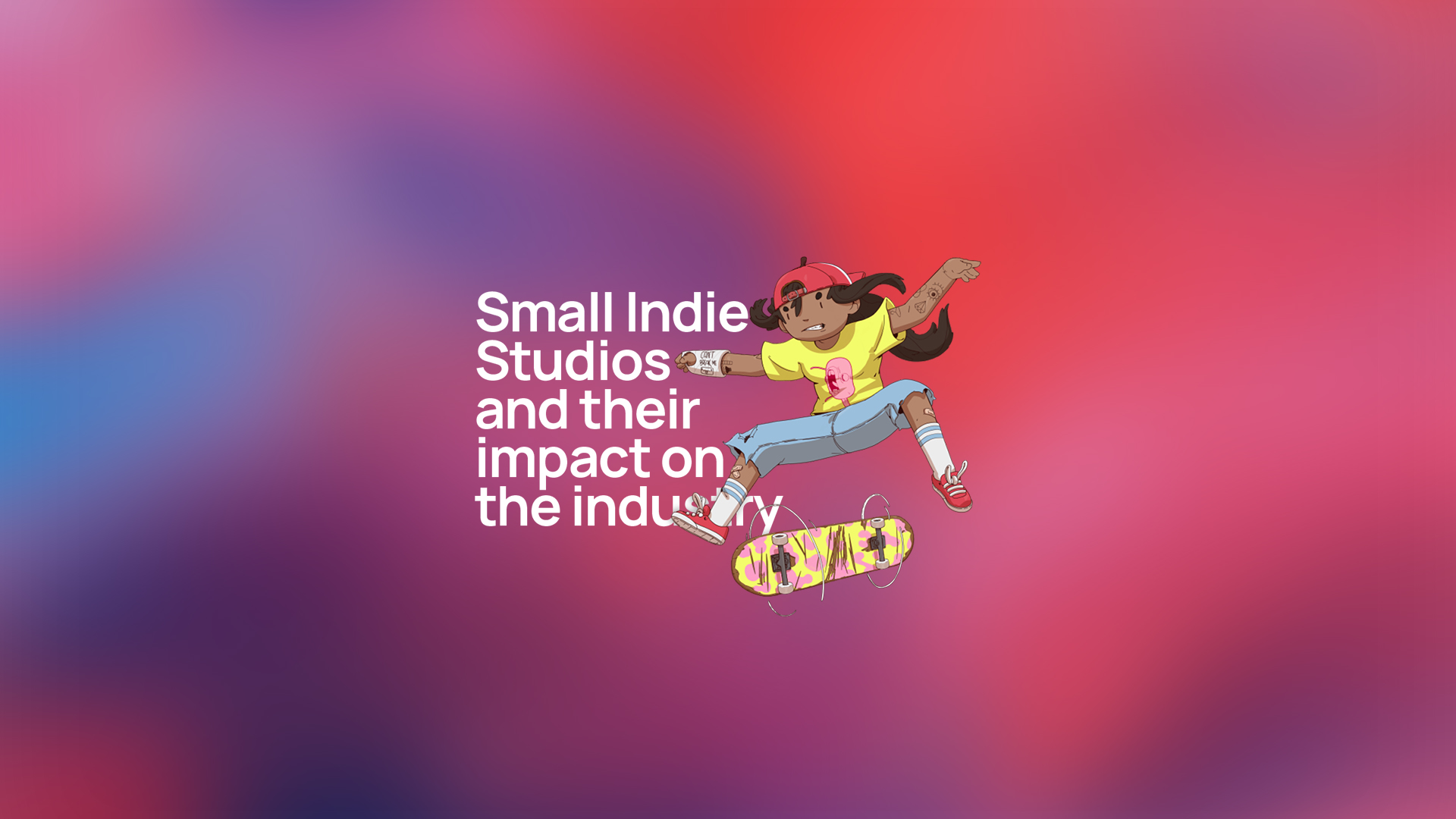News
10 Minute Read
Navigating the Wild West of Gaming

The ever adapting Esports landscape can be seen as uncharted waters for non-endemic brands to enter, despite the growing interest in captivating the Gen Z audience. Whilst I agree Esports is the wild west when it comes to creating meaningful relationships with consumers, there are case studies where brands have been accepted by gamers. There is no clear path to do so, however, here are some observations from my time in the industry.
You may be asking yourself “what qualifies a 20 year old to deliver this advice?”. Well, I have been hooked on the world of Esports for over a decade, playing games which were definitely not meant for my age. I consider myself to be the product of growing up alongside Esports. Since being introduced to games, I’ve been moulded by the gaming industry and have witnessed countless failed and successful activations from an insider's point of view. The influence gaming has had on my life has led me to pursue a career in the field. If you asked me: ‘would I rather watch a football match or an Esports tournament’, chances are I’ll choose the tournament, especially considering Man United’s current form.
Playing to your audience
It may come as a surprise, but too many campaigns over the years do not know the right channels to be targeting their audiences. Twitch and YouTube are where you’ll find the core Esports audience gathering, along with X (formerly Twitter) as a more social option. While YouTube is a great place to catch the attention of Esports audiences, the central hub for the community has long been on Twitch; monthly viewership has nearly doubled year on year and has around 40% more active streamers than YouTube Gaming.
Similarly, to go down the influencer route, they must be a relevant name for the audience you’re targeting, it’s inefficient to bring in a League of Legends icon like “Faker” to endorse a product aimed at console players. It’s essential to really consider: “Who is the product aimed at?” “What value does the product bring to an Esports player compared to a casual player?” “Does my target demographic align with the influencer’s community, personality, and most played game/genre?”.
Regardless of the creative direction, Esports audiences see through activations that seem disingenuous and out of touch. A prime example would be the “One Coke away from each other” ad from Coca-Cola in 2021, with the initial concept being: “Drink a coke whilst in an Esports tournament and become friends instead of competitors”. Esports audiences are not afraid to voice their opinions which, in Coke’s case, came in the form of confusion, and mockery “That was the most out of touch borderline insane political cartoon I've seen in a long time, Well done!”. So how do brands approach campaigns while ensuring they remain genuine? Do your research, don’t use mainstream ideologies to stereotype gaming audiences and produce something that resonates with them.
Best practices
In my opinion, the best way for brands to market a product that resonates in the Esports industry has always been to create content. The most successful way to form a trusting relationship is to create content that shows their favourite players in a different light. This could be in multiple formats, a sponsored segment conducting an exclusive interview that shows off a player's personality or fun games that show a team’s chemistry. At the end of the day, Esports is an entertainment business, create some entertainment and fans will engage with it more than a rotating banner on a Twitch stream or a logo on a jersey.
Sponsored streams can be a touchy subject in Esports, generally they are frowned upon as it looks like brands are throwing money at influencers without caring about the fanbases. However, if this is your chosen route, the best way to get a good reaction is to make it interactive. For example, professional Call of Duty player “Scump” held a stream sponsored by Adobe where himself and a few teammates were taught the basics of Adobe Illustrator to attempt recreating their organisation's logo on the Adobe software. The stream lasted a couple of hours however numerous clips from that livestream were shared on Twitter at the time and were seen by a much wider audience than their own communities.
Differentiation is at the heart of Esports following the rise of mobile and the possibility of VR in the near future, so it's only right for the marketing to follow suit. Creating a digital event or hosting a tournament is a great way to differentiate as a brand and can be an impactful way to enter the industry. There are bonus points if the tournament is in an Esport where there is a shortage of competitions or is in an off-season period. Rocket League teams are frequently playing in sponsored tournaments held by both endemic and non-endemic brands which draw the attention of the mass audience. Fan’s congregate in the live streams to watch their favourite teams or, with the right timing, there’s a chance to catch a glimpse of a newly formed team before the official season starts.
Taming the Wild West
Authenticity is the most vital pillar in Esports marketing, if there is no authenticity to the campaign, it will often do more harm than good for the brand. Consistency is key, Red Bull have been interacting with the industry for over a decade and are seeing the fruits of their labour in recent years, so play the long game. There’s a reason why 76% of Esports fans have a positive or very positive attitude towards Red Bull (Newzoo, 2023), they have a history of activations in Esports dating back to the early 2000s, ranging from OOH and sponsored content, to influencer marketing etc.
The wild west may sound scary for those who are not particularly gung-ho, but with enough research and a willingness to embrace the chaos, you won’t be an outlaw for long.

